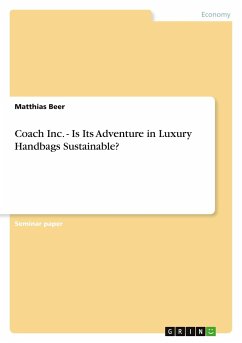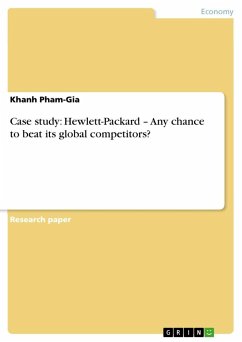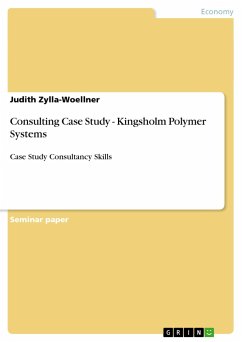Seminar paper from the year 2011 in the subject Business economics - Business Management, Corporate Governance, grade: 2.0, University of applied sciences, Munich, course: MBA, language: English, abstract: Executive Summary:In 1941 Miles Cahn, a leather artisan, started producing women's luxury handbags in a loft located in Manhattan, New York, which were simple in style but resilient and suitable for daily use. After 40 years in business the company named Coach was able to grow continuously by setting prices 50 percent lower than the competition and introducing new models every year. Coach estab-lished over the years accounts with retailers such as Bloomingdale's and Saks Fifth Avenue for instance and achieved extraordinary growth rates. In 1985 the company was acquired by the Sara Lee Corporation and went thru an initial public offering in 2000.In the luxury goods industry where market characteristic tends to be highly sen-sitive to economic up- and downturns, Coach had the ability to establish and maintain brand loyalty and reputation through various strategies. Coach's im-mense success has been largely attributable to its focus on quality and stylish products with respect to consumer needs derived from their detailed marketing research. Its "affordable luxury goods" price strategy also assist to drive growth by attracting a wide range of consumers, while at the same time, correspond to changes in middle-income consumer behavior and lifestyle.The Coach Inc. case study analysis the success of Coach and the luxury good industry in general. Further the external environment and internal circumstances as well as the competitive situation of Coach are discussed. The assignment concludes with recommendations for further success of the company and the ITM checklist.








